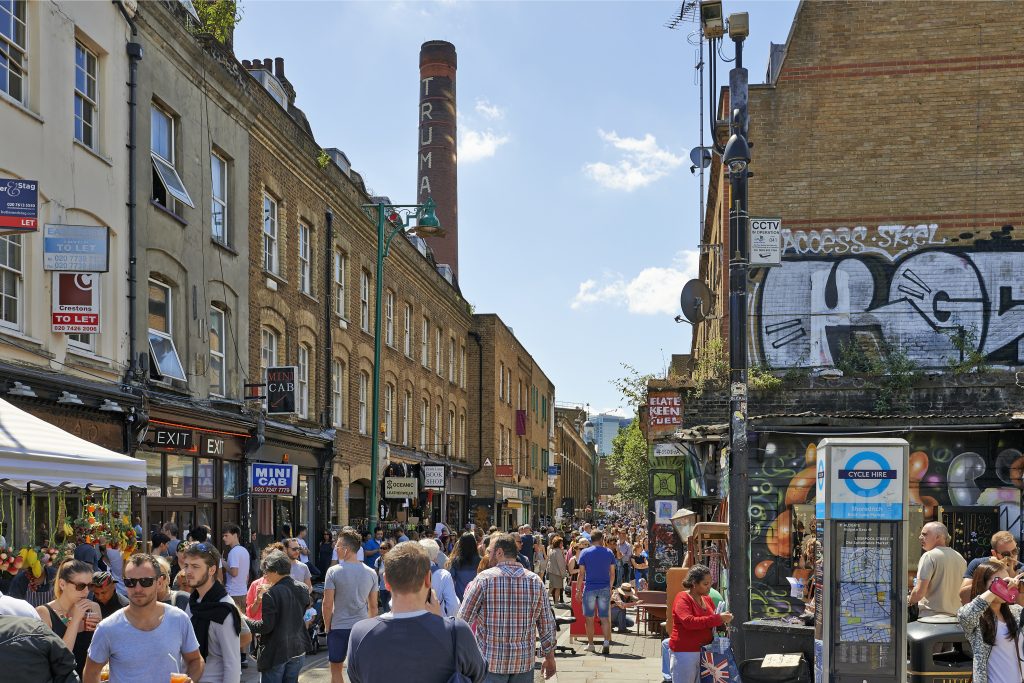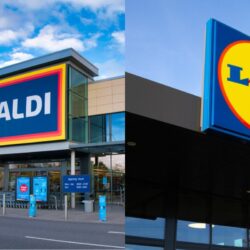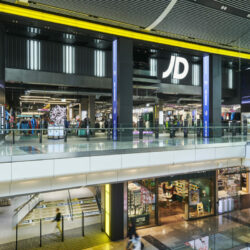Ask any Londoner to name any three parts of the city that have become gentrified in recent decades, and you can almost always be guaranteed to be given the same list: Camden, Soho and Shoreditch.
In more recent years however, the likes of Brixton, Peckham and Elephant & Castle have emerged as gentrification hotspots, sparking rises in property values and attracting developers and high-end retailers to the area.
However, gentrification isn’t always welcomed by local residents – especially when the middle-class aspirations that come with it can lead to the erasure of cultural or community hubs, the closure of longstanding independent businesses and institutions, or the introduction of yet another “clone” high street.
So what role do retailers play in all of this – especially in the wake of the Covid-19 pandemic and the raft of store closures it has brought about? Can there be a more respectful approach to regenerating high streets or town centres, with minimal erasure of what makes it iconic or to preserve its heritage?
Harry Fenner, chief executive of Navana Property Group, explained that the pandemic has placed “extraordinary financial strain” on small and independent retailers, thus pushing the world of retail and commercial property “at inflection point”.
“As retailers reduce their footprint, landlords are left with empty units with irrecoverable business rates and service charges,” he said,
“We have already witnessed this with the collapse of retail empires Debenhams and Arcadia, in which a huge glut of redundant space, equivalent to roughly 200 full-size pitches will hit the property market.
“Coronavirus aside, the great British high street has been struggling for years, even before the meteoric rise of online retail.
“For many retailers, the effects of the global pandemic will act as the final straw.
“As well as being devastating for local high streets, the closure of local businesses also signifies a sharp blow to working class communities.”
Fenner also acknowledged that gentrification doesn’t always have a positive impact on the area it befalls, especially as property companies often invest in up-and-coming areas to build their next development, paving the way for new housing opportunities and a new demographic of residents.
“East London, in particular, has been at the centre of mass regeneration and gentrification over the past 15 years, with rising rents and council taxes, forcing thousands of working-class families to relocate, many moving east to the borders of Greater London and Essex, and beyond,” he explained.
“However, in a domestically changing economy, regeneration can provide new opportunities for retail and restaurants and consequently creating new jobs for the local people which would have otherwise been lacking.”

Catherine Erdly, founder of The Resilient Retail Club, argued that that retailers could add a fun, new element to areas undergoing regeneration.
“For example in Shoreditch the retailers that are there add to the fun youthful energy of the area and often have products and brands that you might not see in other locations which help establish Shoreditch as a real destination area,” she explained.
She said the key thing about retailers in a gentrified area should be that there is a “sensitive mix between businesses that are there for what you might call cherish shopping, so shops where people might buy from less frequently so maybe gifting as the main purpose and the chore shops”.
“In other words, if you create a regenerated retail area that is solely home to gift shops and other specialist retailers but there are no actual utility shops as such as convenience stores or supermarkets then that’s when it risks making it not so appealing for local residents and changing the area’s atmosphere,” Erdly said.
She added that the mix of retail should reflect not only the retailers that are going to bring people to the area as a destination but also those which are going to service the local population. She said this should be in the interest of councils and government to make sure that the rent prices don’t spike too dramatically and push out the local businesses.
“For example, we’ve seen in Brixton where this has been happening and where there has been almost a concerted effort to remove established businesses and this has created a huge amount of ill will in the area,” Erdly explained.
“For a long time, the UK suffered from clone high streets where you could be in almost any area and see a similar array of shops.
“I actually think one of the big opportunities with the decline in physical retail chains and the rise in independent retailers is the ability to create unique destinations which reflect the local character and the local history of the area as opposed to creating key cutter shopping selections which mirror towns all around the country.”
Erdly also argued that property companies investing in up-and-coming areas not only regenerates the neighbourhood, and creates a new environment, attracting wealthier buyers who can increase the economic activity of the area.
“This usually leads to better social services such as clean roads and fresh greenery that is well-maintained by the council due to enough funding,” she said.
“For example, the commons all around Merton have become significantly less littered in the past decade, fostering wildlife as well as activities such as golf and coffee shops.”
Following the government’s plan to kickstart the economy after the pandemic, enhancing the UK’s infrastructure as part of a levelling-up push is crucial, Erdly said.
“However, developers and investors will have to strike the right balance between preserving the area’s character and bringing a hotbed of opportunity for locals, regarding employment and improved living standards,” she said.
Click here to sign up to Retail Gazette’s free daily email newsletter


















